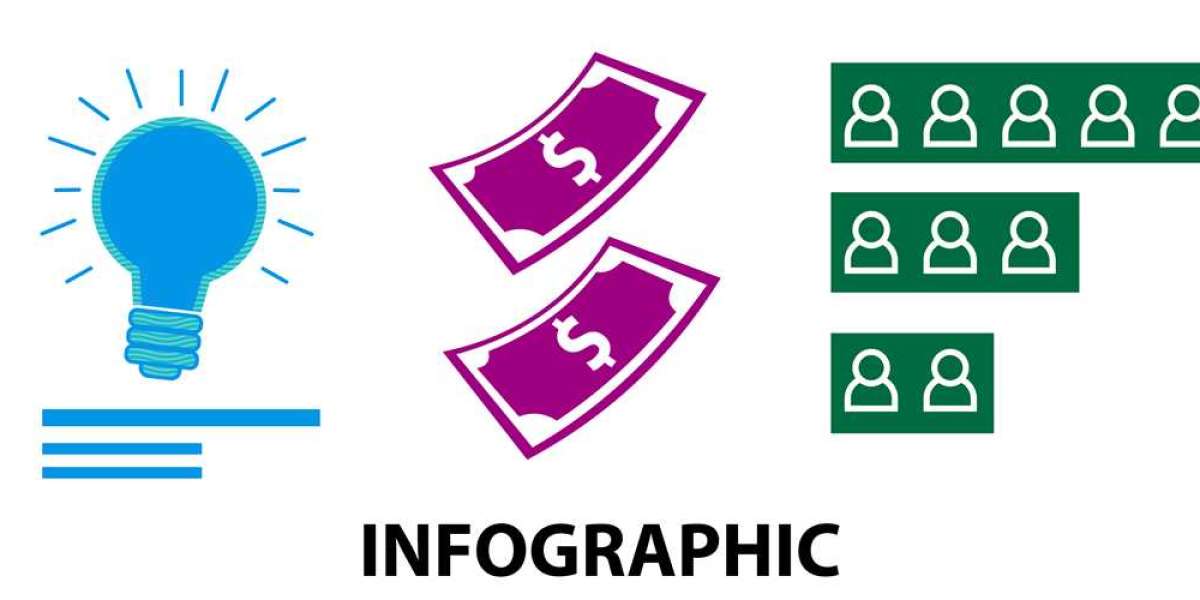Introduction
In the realm of digital information, images stand as silent witnesses to countless events. These snapshots capture moments in time, holding valuable data that goes beyond what meets the eye. Forensic image analysis, a crucial discipline in the investigative landscape, delves into the hidden signatures embedded in digital images. This article embarks on a journey through the intricate world of forensic image analysis, where pixels tell stories and details matter. Without prejudice, we unravel the science behind interpreting these silent witnesses, exploring the fingerprints left on the digital canvas.
Unveiling Forensic Signatures: The Pixelated Language
At the heart of forensic image analysis lies the understanding of forensic signatures, unique patterns or artifacts within digital images that provide insights into their origin, modification, or manipulation. These signatures, akin to digital fingerprints, leave trails that skilled analysts can follow. From metadata containing information about the camera settings and location to more subtle alterations made through editing software, every pixel contributes to the narrative. In the pursuit of truth, forensic image analysts employ a range of techniques, from steganography detection to error-level analysis, unveiling the subtle nuances that may escape the untrained eye.
Decoding the Pixel Puzzle: Tools and Techniques
Forensic analysts employ an arsenal of tools and techniques to decode the pixel puzzle embedded in digital images. One such method is error level analysis (ELA), a process that highlights the variations in compression levels across different regions of an image. Discrepancies in these levels can indicate areas that have been digitally altered. Additionally, steganography detection tools are utilized to unveil hidden information within images, providing a deeper understanding of potential manipulation. As technology evolves, so do forensic techniques, with advancements in artificial intelligence and machine learning playing a pivotal role in enhancing the accuracy and efficiency of forensic image analysis.
Conclusion
In the silent realm of forensic image analysis, pixels speak louder than words. As we traverse the landscape of digital images, it becomes apparent that every photograph carries a unique story, waiting to be deciphered. The absence of prejudice in this exploration is paramount, as unbiased scrutiny allows forensic analysts to unveil the truth hidden within the pixels. The science of decoding forensic signatures not only aids law enforcement in solving crimes but also underscores the importance of digital integrity in our increasingly visual world. In the silent dialogue between analysts and images, the truth prevails, offering a testament to the power of forensic image analysis in uncovering the secrets of the pixelated canvas.








